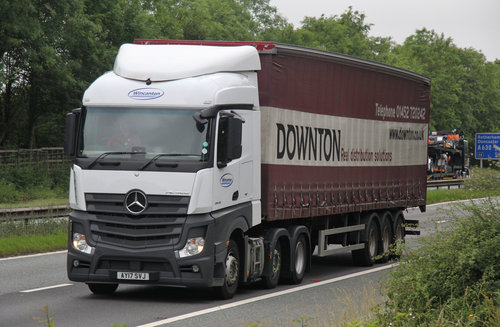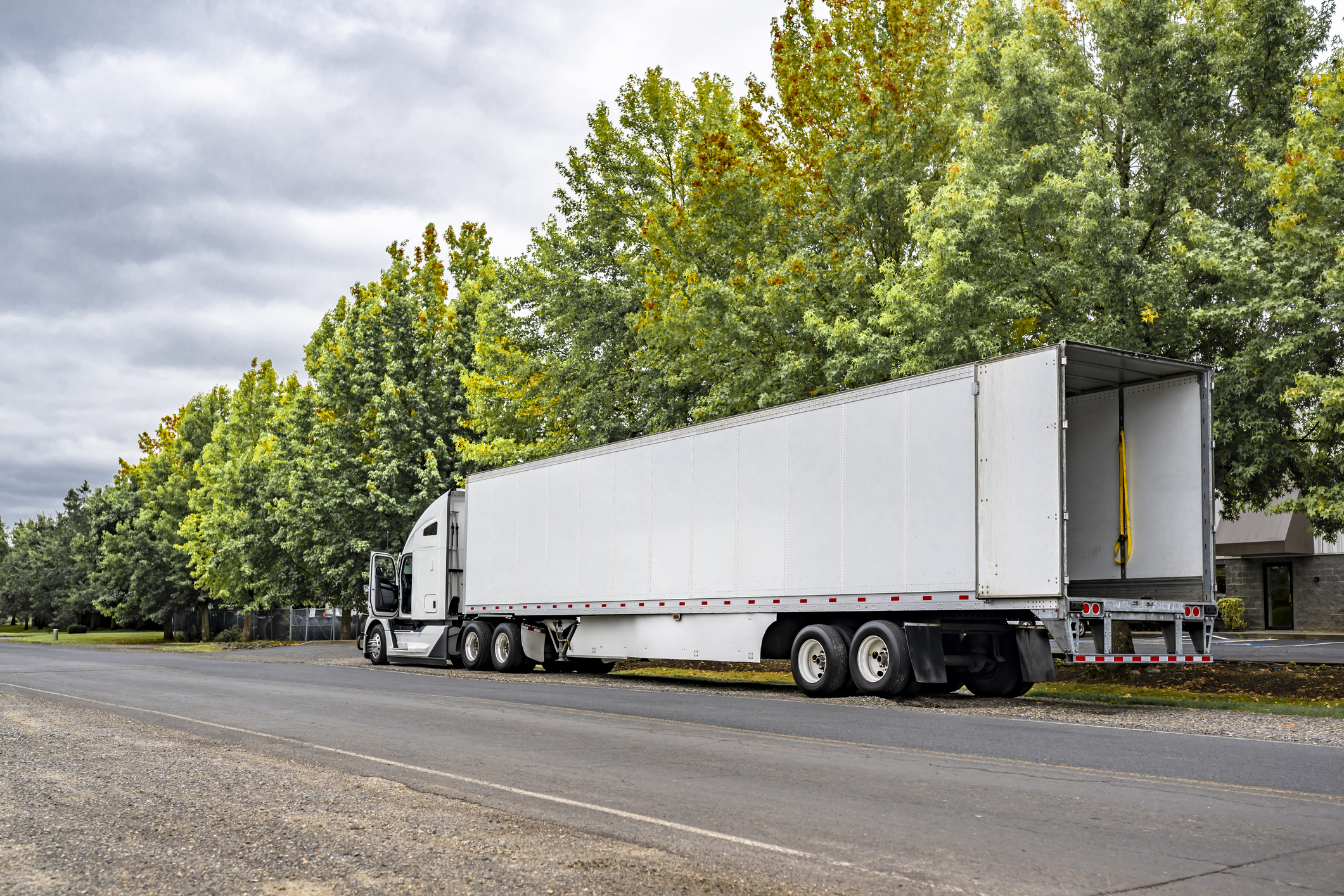The International Approach to The Driver Shortage

Summary
The trucking driver shortage isn’t a uniquely American issue. Here’s what two other countries are doing to address the driver shortage.
We tend to think of trucking as distinctly American—right up there with apple pie. The trucker has been intertwined with American culture since there was trucking.
While the U.S. is undeniably a global economic powerhouse, it’s not the only one in the world.
23% of all European cargo is delivered via truck (compared to air cargo, which is just 9%), and over 2.9 million people are employed in the European trucking industry. And that’s not to mention South America, Australia, and Asia.
When American industries experience issues, they usually don’t happen in a bubble. Other countries feel them just as much, if not more. And the driver shortage is no different.
When it comes to coping with the driver shortage, what can American companies learn from international carriers? Do the differences make it across borders, or are they isolated in one region of the world?
Let’s take a closer look.
Driver Shortage in Australia
As Adam Carey covers in The Age, Australia is fully experiencing the effects of the driver shortage. The country is on course for a severe economic hit unless transport companies find enough drivers to meet the growing demand for drivers.
“The average age of an Australian truck driver is 47, the survey found, up from 43 just two years ago,” writes Carey. “Less than one in five truck drivers in Australia is aged under 30, while women make up just 3 percent of the workforce.”
As much of Australia’s population is spread out across more than two thousand miles—mostly polarized on the east and west coasts of the country—drivers are usually in for a long haul across very empty stretches, which can be a turn-off for many drivers.
That’s not to mention the shifting population of the drivers they do have:
- The average age of an Australian truck driver is 47, the survey found, up from 43 just two years ago.
- Less than one in five truck drivers in Australia is aged under 30, while women make up just 3% of the workforce.
To help bridge the gap, companies are looking at younger and younger prospects. Building interest in men and women below the age of 25 is crucial to the vitality of the industry, experts say.
Driver Shortage in the U.K.
In 2016, 76% of all freight in the U.K. was moved via truck. And, in 2014, the transport and storage services sector (including postal activities) employed around 11 million people, some 5.1% of the total workforce.
In other words, the U.K. is just as reliant on trucking as the rest of the world. Still, they suffer the same driver shortage problems, with government inefficiency slowing things down as well.
“There’s a shortage of [truckers] in an economy that relies on moving mountains of heavy goods. Road haulage companies complain bitterly that they can’t recruit; operators are turning business away for lack of drivers,” writes Polly Toynbee in The Guardian. “In a country suffering weak productivity, low skills, ineffectual unions and stagnant living standards, the road haulage industry offers a depressing example of industrial inertia meeting the anti-intervention dogma of government.”
The Common Thread
In the U.K., in Australia, or in just about any other country, the driver shortage is real. Why? One underlying cause—trucking is tough work. You’re out on the road for days with little company and a lot of time to think.
And that thinking can cause your people to turn in their keys.
Give them an outlet for their feedback, and you’ll find an impressive way to uncover areas of growth for your company and let drivers know their concerns are being heard.
Curious to learn more about WorkHound? Click here to schedule your free 15-minute assessment.
Let's Build Better Workplaces Together
Revolutionize your company culture and your worker retention rates by improving communication and engagement.
Book a Demo

